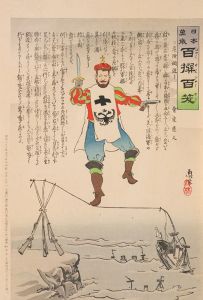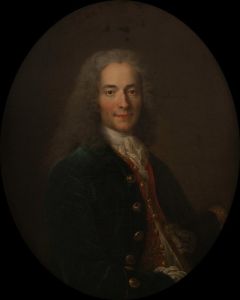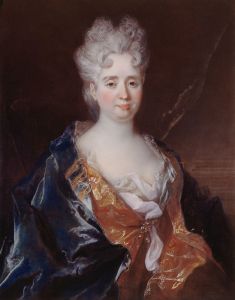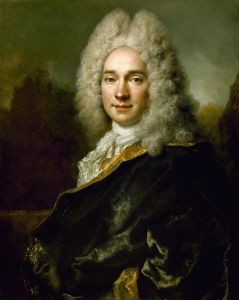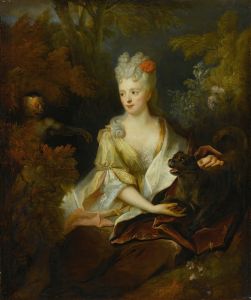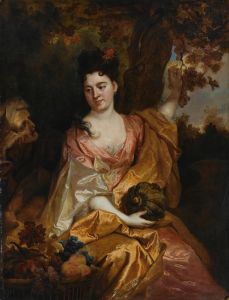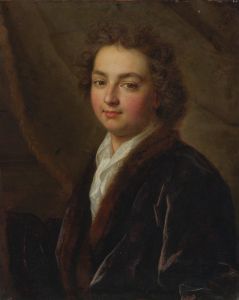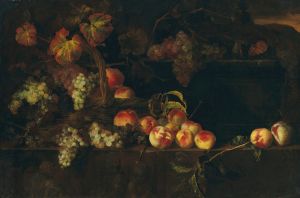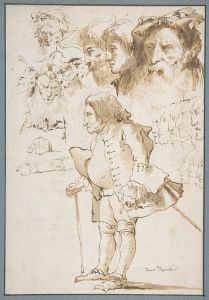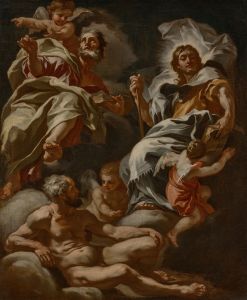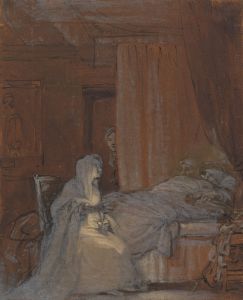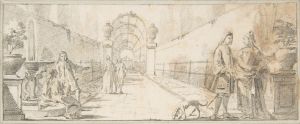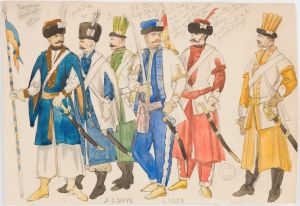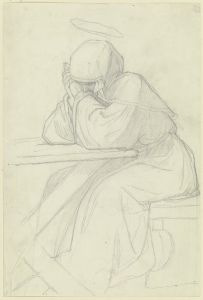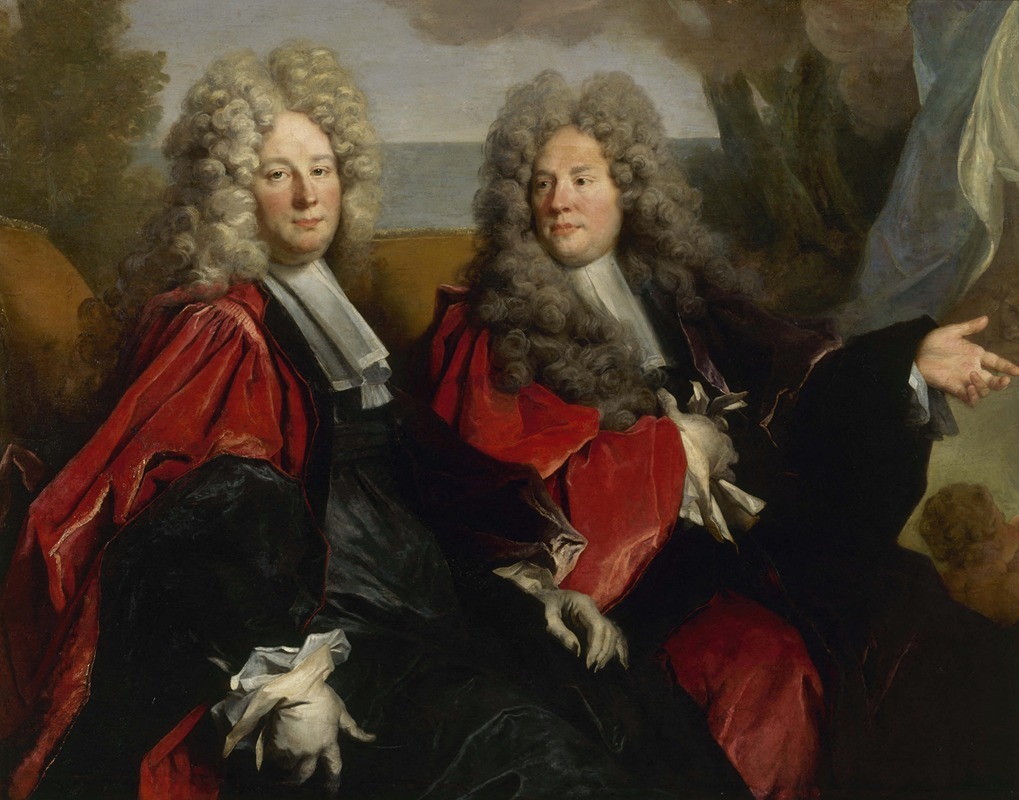
Portrait de deux échevins en fonction en 1702
A hand-painted replica of Nicolas de Largillière’s masterpiece Portrait de deux échevins en fonction en 1702, meticulously crafted by professional artists to capture the true essence of the original. Each piece is created with museum-quality canvas and rare mineral pigments, carefully painted by experienced artists with delicate brushstrokes and rich, layered colors to perfectly recreate the texture of the original artwork. Unlike machine-printed reproductions, this hand-painted version brings the painting to life, infused with the artist’s emotions and skill in every stroke. Whether for personal collection or home decoration, it instantly elevates the artistic atmosphere of any space.
Nicolas de Largillière was a prominent French painter known for his portraits, which captured the elegance and opulence of the late Baroque period. One of his notable works is "Portrait de deux échevins en fonction en 1702," which translates to "Portrait of Two Aldermen in Office in 1702." This painting exemplifies Largillière's skill in portraying the grandeur and dignity of his subjects, who were often members of the French elite.
The painting depicts two aldermen, or municipal magistrates, who were in office in the year 1702. Aldermen were important figures in local government, responsible for the administration of cities and towns. They played a crucial role in maintaining order and overseeing various civic duties. The identity of the specific aldermen in this painting is not widely documented, but their depiction in such a grand manner suggests their significance and status within the community.
Largillière's style is characterized by his attention to detail and his ability to convey the textures of fabrics and the subtleties of human expression. In "Portrait de deux échevins en fonction en 1702," he uses rich colors and intricate brushwork to highlight the luxurious clothing and the solemn expressions of the aldermen. The clothing, likely made of fine materials such as silk and velvet, is rendered with meticulous detail, showcasing the wealth and social standing of the sitters.
The composition of the painting is typical of Largillière's work, with the figures positioned in a way that emphasizes their authority and presence. The background is often understated, allowing the focus to remain on the subjects. This approach not only highlights the individuals but also reflects the Baroque era's emphasis on drama and grandeur.
Largillière was born in Paris in 1656 and trained in Antwerp, where he was influenced by Flemish painting traditions. He returned to France and became a sought-after portraitist, gaining the patronage of the French court and nobility. His ability to capture the likeness and character of his subjects made him one of the leading portrait painters of his time.
"Portrait de deux échevins en fonction en 1702" is a testament to Largillière's mastery of portraiture and his ability to convey the social and political importance of his subjects. The painting not only serves as a historical record of the individuals depicted but also provides insight into the fashion, culture, and societal structures of early 18th-century France.
Largillière's work is celebrated for its contribution to the art of portraiture, and his paintings are held in high regard in museums and collections worldwide. His portraits continue to be studied for their artistic merit and their reflection of the period's cultural and social dynamics. "Portrait de deux échevins en fonction en 1702" remains an important example of his oeuvre, illustrating his skill in capturing the essence of his subjects and the era in which they lived.





